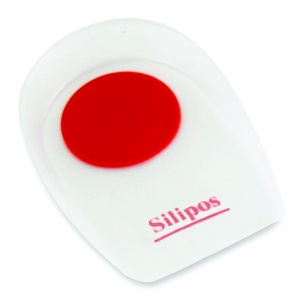| What is Heel Bursitis?22 December 2015 The weather’s great, you’re feeling good, you’re gonna smash that 5-mile jog this morning... but why can’t you get your shoes on today? Could it have something to do with that weird looking lump? If you’re one of the many people in the UK who finds an unexpected lump on their joints, don’t panic! These fluid-filled sacks are surprisingly common and can spring up on the wrist, hip and knee. If you are a committed runner chances are you’ll be making your acquaintance with them on your heels a.k.a. Heel Bursitis. Bursitis CrisisThe cause of any bursitis (or the fluid-filled sacks known as bursa) is most commonly repetitive strain injury. For elbow bursa this can be from sports like darts, for the wrist it may be from typing, and for the heel, it’s the repetitive action of the ankle flexing with every step. Heel bursa are frequently associated with Achilles Tendinitis as they crop up where the tendon ends. While they may be a fairly scary thing to discover growing on your heel, they’re not necessarily painful, sometimes causing no more than a dull ache, and they're certainly not the most unpleasant foot condition you could have ended up with. If your bursa happens to be in a place where it’s likely to be affected by movement and pressure – say, being bumped against by the cuff of your shoe –then it may become inflamed and significantly more painful. For those suffering from long-term illnesses, health conditions or on certain types of medication, the chances of a bursa becoming infected – known as a septic bursitis – is increased. Symptoms for these types of bursa include high temperatures, broken skin over the inflamed area and feeling shivery. Helping HeelingProvided your bursa shows no signs of being infected, treatment is nice and simple and nothing a bit of self-care and some over-the-counter painkillers can’t fix. If your bursa is looking particularly inflamed and swollen then you should rest the area until these symptoms improve, definitely no running, and try wearing open back shoes that don’t place pressure on it. Ice can help reduce inflammation and pain, a cool gel pad, a fancy icing spray or a good old bag of peas will all do the trick. Try not to let weight be placed on the bursa as you sleep, propping your leg up on a cushion (elevating it above the level of your heart) can help reduce swelling and keep you from placing too much pressure on it during the course of the night. Wanting to keep your running feet healthy? Then visit our online store for a huge range of insoles to help stop foot conditions from stopping you in your tracks!
|









